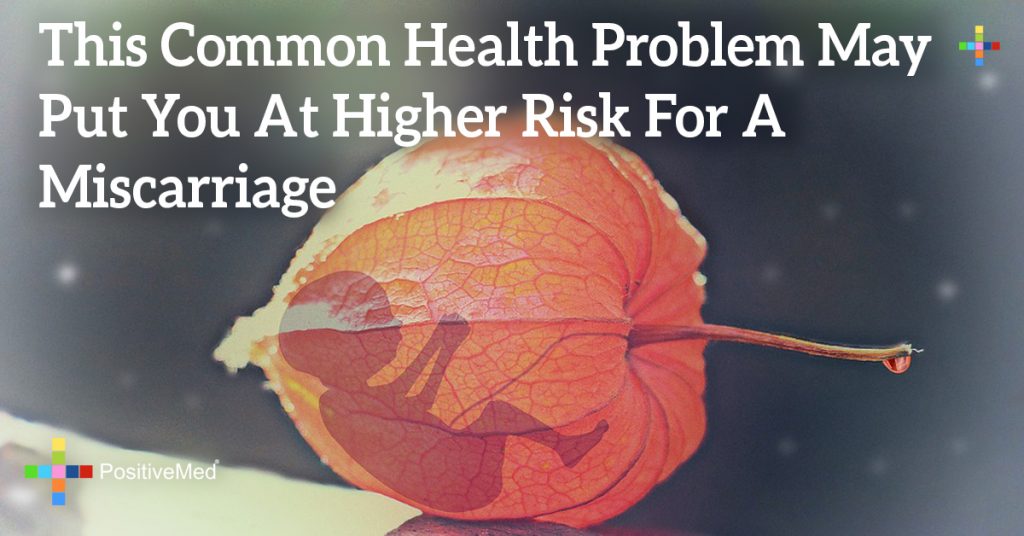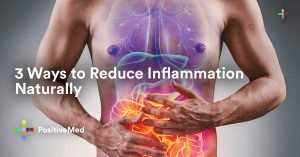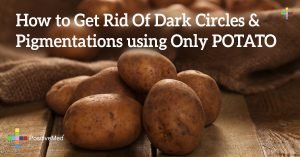
This Common Health Problem May Put You At Higher Risk For A Miscarriage
[nextpage title=”…”]
There are more women today struggling with the reality of not being able to have children. This is as a result of a number of factors one of them being endometriosis. In this article we are going to take an in-depth look at what endometriosis is and some natural treatment methods.

Endometriosis is a disorder that affects the female reproductive system. It is responsible for causing tissue that grows inside the lining of the walls of the reproductive system to grow outside of it. In most cases the disease will affect the fallopian tubes, ovaries as well as the tissue around the ovaries and the uterus. The disease can also affect other parts of the body although it rarely happens. It is estimated that about 6 to 10 percent of women suffer from this disease. Most of these women are about 30 to 40.
Studies have also gone further to show that about 40% of women who have this condition are prone to being infertile. This condition causes the blockage of the fallopian tubes which is usually as a result of scarring and adhesions. When this happens, the sperms are prevented from fertilizing the ovum. It can also prevent the ovum from moving down the fallopian tube so that it can attach itself to the walls of the uterus hence resulting in an ectopic pregnancy.
RELATED ARTICLE: One Common Health Problem That May Put You at Higher Risk for a Miscarriage
[/nextpage] [nextpage title=”…”]
The primary symptom associated with this disease is pelvic pain that is directly linked to a woman’s menstrual cycle. Although cramping is an experience most women undergo when they are having their period, most women who have endometriosis have reported theirs to be ten times the pain. The pain and cramping begins a bit earlier and may extend for a few days into the cycle. The lower back and the stomach is also affected. To add salt to the injury, these women also report that the level of pain increases with time. This condition is medically referred to as dysmenorrhea. Other than that, women with endometriosis may also experience pain with their bowel movement or when they urinate. They also experience heavy bleeding during their periods and also some bleeding after the periods. Other symptoms include:
a) Bloating
b) Constipation
c) Fatigue
d) Diarrhea
e) Nausea
RELATED ARTICLE: Natural Home Remedies for Diarrhea
A dietary change is imperative for people who have this disease as well as for helping prevent the body from getting it. It is prudent that one eats organic food and stick to grass fed meat. This is because processed factory farm meat contains hormones that can worsen the situation.
Omega 3 oils are also critical in the diet. Some of the sources of omega 3 oils include oily fish, walnut oil, pumpkin seeds as well as dark green leafy vegetables. Fiber is also required to reduce the levels of the circulating estrogen in the body. Some of the foods that can help achieve that include vegetables and fruits, oatmeal, brown rice and whole grains (excluding wheat). Women who have endometriosis also need to balance their hormones. To achieve this, their diet must include garlic, apples, parsley, fennel, beans, peas, red berries, purple berries, nuts and seeds.
Although endometriosis can cause can cause both psychological and social stress, it is important to know that it can be cured, and it can also be prevented. Stick to a proper balanced diet to keep it from occurring. Also, make sure that you see your doctor when you experience any of the symptoms stated above for medical assistance.
[/nextpage]







